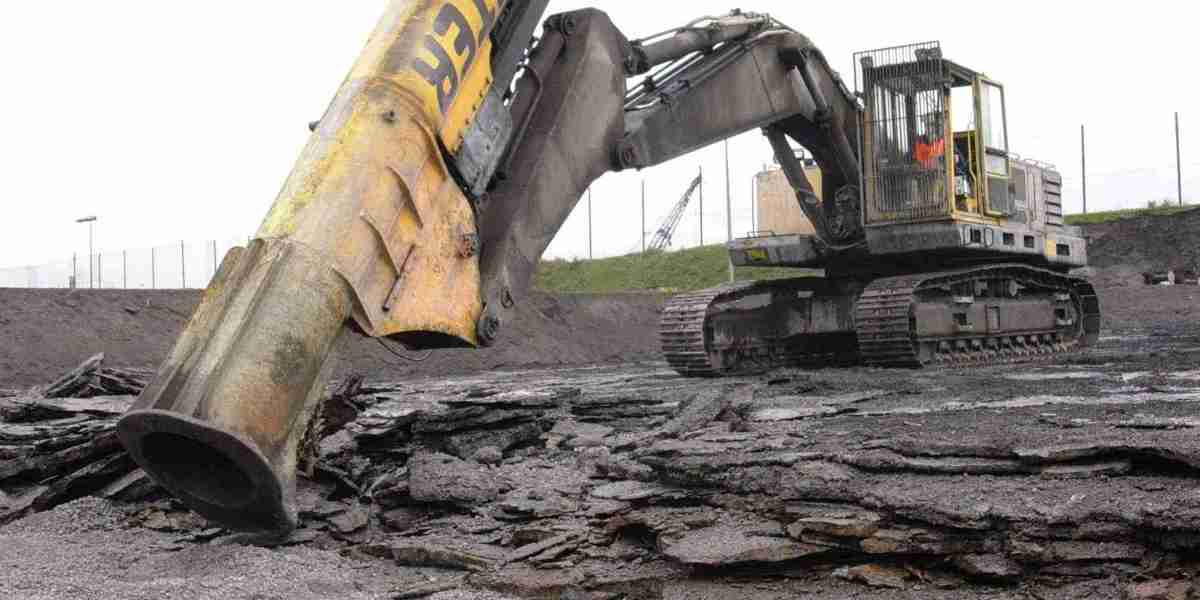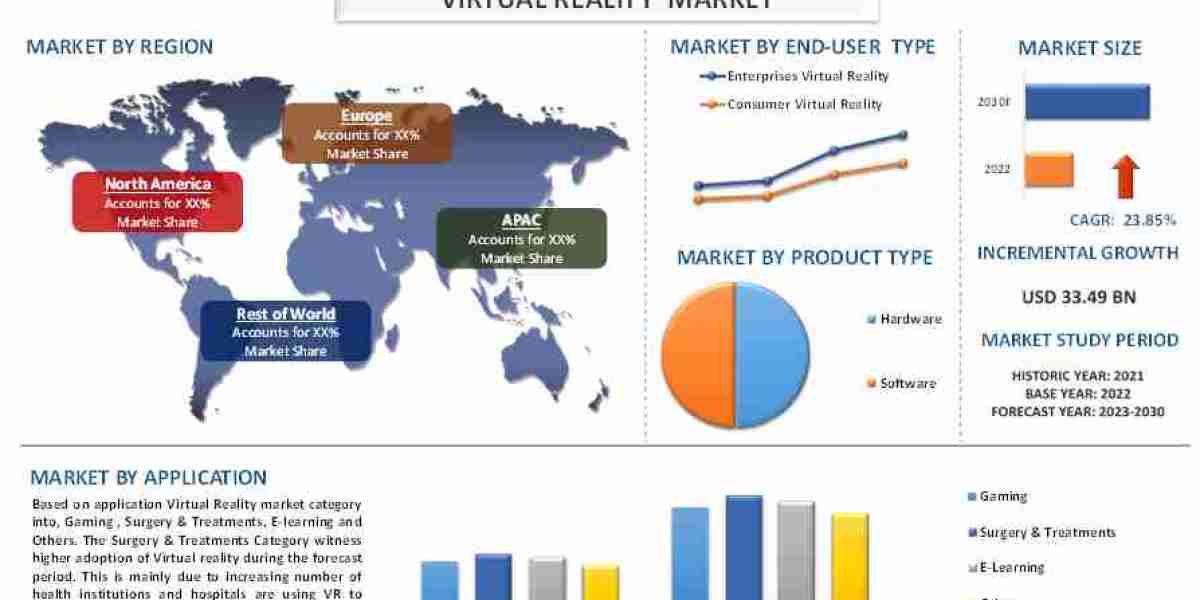The steel slag market is a dynamic and evolving segment of the global materials industry, driven by the increasing demand for steel products and the growing emphasis on sustainable industrial practices. As an essential by-product of the steelmaking process, steel slag has gained attention in recent years due to its potential for various applications across different sectors. This article explores the current scenario of the steel slag market, including key trends, challenges, and opportunities that are shaping its future.
What is Steel Slag?
Steel slag is the non-metallic by-product formed during the production of steel. It is primarily generated in two types of steelmaking processes: Basic Oxygen Furnace (BOF) and Electric Arc Furnace (EAF). BOF produces steel by blowing oxygen through molten iron to remove impurities, while EAF utilizes scrap steel and electrical energy to melt the scrap and produce steel. In both processes, the slag that forms serves as a by-product that can be processed and utilized in various applications.
Steel slag is rich in minerals such as calcium silicate, which makes it valuable for several uses. Over the years, industries have developed methods to process steel slag and turn it into a useful resource for construction, agriculture, road paving, cement production, and even environmental remediation.
Market Drivers and Trends
Increased Steel Production: The growth of the global steel industry directly impacts the steel slag market. As the demand for steel rises, so does the production of steel slag. According to the World Steel Association, global steel production has been steadily increasing due to industrialization in emerging economies, particularly in Asia. As countries like China and India continue to expand their manufacturing sectors, the production of steel and, consequently, steel slag will see an upward trajectory.
Sustainability and Circular Economy: In recent years, there has been a significant push towards sustainability and the circular economy, which has led to increased interest in recycling steel slag. Many industries and governments are focusing on minimizing waste and reusing by-products in innovative ways. Steel slag is a prime candidate for such efforts, as it can be used in a variety of applications, reducing the need for raw materials and contributing to a more sustainable industrial ecosystem.
Infrastructure Development: Steel slag is increasingly being utilized in construction projects, particularly in road construction and infrastructure development. In countries with booming infrastructure sectors, such as China, India, and the Middle East, steel slag is finding its way into the production of road base material, asphalt aggregates, and even as a replacement for natural aggregates in concrete production. As urbanization accelerates in emerging markets, demand for these applications is expected to rise.
Technological Advancements: The market for steel slag is also benefiting from advancements in slag processing technology. New methods for the treatment and utilization of steel slag, including its transformation into value-added products like cement, fertilizers, and synthetic aggregates, have significantly improved its economic viability. Furthermore, ongoing research into novel applications such as carbon capture and sequestration is opening up new market opportunities for steel slag.
Challenges Facing the Steel Slag Market
While the steel slag market presents numerous opportunities, it also faces several challenges that could impact its growth.
Environmental Concerns: One of the key concerns associated with steel slag is its potential environmental impact if not processed properly. Steel slag contains trace amounts of heavy metals, such as lead and chromium, which can pose environmental risks if not handled or disposed of correctly. As a result, stringent environmental regulations and concerns about the contamination of soil and water sources could hinder the widespread adoption of steel slag in certain regions.
Limited Awareness and Acceptance: Although steel slag has several potential uses, there remains a lack of awareness and acceptance of its benefits, particularly in emerging markets. Many construction and infrastructure companies may still rely on traditional materials due to concerns over the quality and performance of steel slag-based products. Overcoming these perceptions and promoting the benefits of steel slag, such as its durability and cost-effectiveness, will be essential for market growth.
Volatility in Raw Material Prices: The price of raw materials for steel production, including iron ore and scrap steel, can be volatile. This fluctuation can impact the availability and cost of steel slag. Since steel slag production is tied to steel manufacturing processes, any disruptions in the steel industry can lead to imbalances in supply and demand in the slag market.
Opportunities in the Steel Slag Market
Despite the challenges, the steel slag market is poised for growth, driven by several emerging opportunities:
Expanding Applications in Cement and Concrete: One of the most promising areas for steel slag is in cement and concrete production. Steel slag, when processed and ground, can be used as a partial replacement for clinker in cement, reducing the carbon footprint of cement production. Additionally, it can be used as an aggregate in concrete, contributing to the development of more sustainable construction practices.
Agricultural Use: Steel slag's high calcium content makes it useful in agriculture, where it can be applied as a soil amendment. It helps to improve soil pH, reduce acidity, and provide essential nutrients for plant growth. As global demand for agricultural products rises, the need for effective soil treatments will drive demand for steel slag in this sector.
Carbon Capture: Steel slag has been identified as a potential material for carbon capture and storage (CCS) technologies. Its ability to react with CO2 to form stable carbonates could play a role in mitigating climate change by sequestering carbon. This emerging application could open up new revenue streams for companies involved in steel slag production.
Conclusion
The steel slag market is evolving with growing demand, technological advancements, and increased focus on sustainability. While challenges remain, particularly related to environmental concerns and limited awareness, the market's potential is significant. With the right strategies in place, steel slag can play a crucial role in creating a circular economy, promoting sustainable development, and addressing global infrastructure needs. As industries continue to embrace innovative ways to recycle and reuse by-products, the steel slag market is set to expand in both scope and importance in the coming years.




